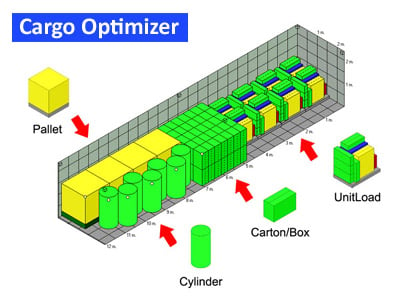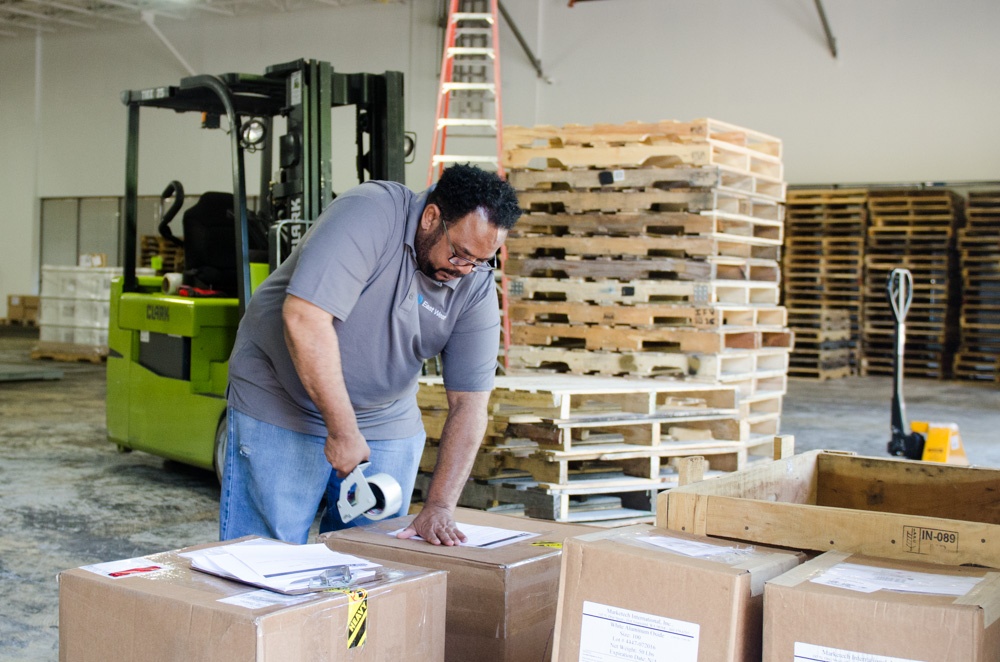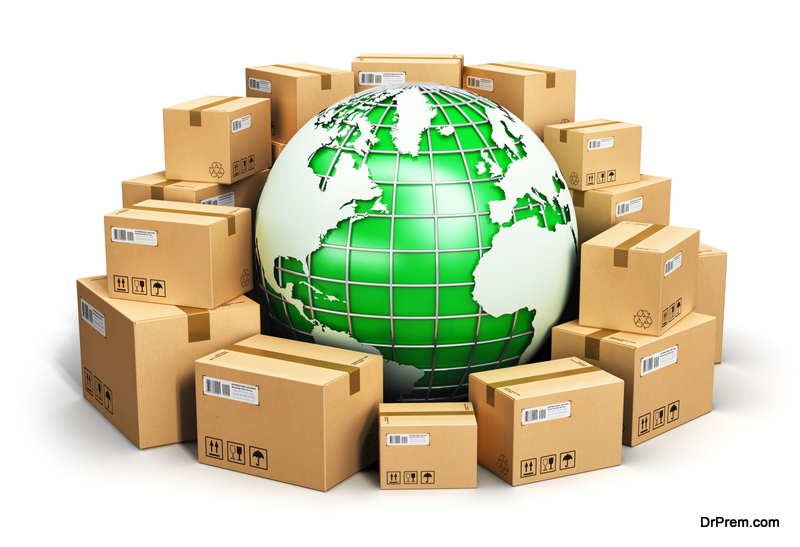Reducing costs is an ongoing task for every company, but what if I told you that you could save money without having to change a single millimeter of your product?
You’d probably be thrilled.
So, instead of retooling your product, take a look at what’s around your product: the package. Improving and optimizing your product’s package is probably the one thing you could change that would give you the biggest bang for the buck.
Questions to Ask to Optimize Packaging
1. What type of package do I need?
2. What sort of environment will the packaging be exposed to?
3. What types of materials can be used?
4. How creative can I be with the design of the packaging?
5. What quality standards does the packaging need to meet?
Making small changes can net big savings. If you redesigned your product’s primary packaging (the box surrounding the product) so that more product is able to ship at one time that will save you money over the long haul.

Photo credit: Standaloneinstaller.com
What if you were able to reconfigure the design of your package so that it was able to nest with other packages? More packages would fit on a pallet and you would save on shipping costs.
These types of questions should be asked throughout the process of re-thinking your packaging. Put everything on the table! Be willing to think outside the box (yeah, I just went there) to come up with new solutions. Done correctly, you’ll give your product greater protection and might even reduce your company’s carbon footprint.

7 Steps to Reducing Packaging Costs
1. Research Your Options
There are so many packaging options available now. One size box doesn’t fit all. In fact, the best solution might not be a box at all. Get online and start researching the latest in packaging materials, designs and technology. Your package needs to be efficiently designed, but it also needs to be durable enough to make it through several journeys — air, sea, rail and road.
Items to Consider:
- Total cost of materials
- Durability for transport
- Resistance to pests/environment
- Ease of handling
- Aesthetics
- Government regulations
2. Determine Necessary vs. Unnecessary Costs
Here’s a good exercise: Itemize the costs of the package you’re currently using. Break down the costs into those which are strictly for performance and those which are aesthetic only.
Be honest with yourself as you go through each line of this cost analysis.
Can you justify the costs that are purely aesthetic? If not, can you eliminate that feature and add that value into the performance side of the package design?
Questions to Consider:
- Does your product require an inner carton and an outer carton?
- Is the information printed on the box necessary? Limit it to essential info only.
- Is full color printing worth the expense? Can you get away with black and white only?
- Does the package need a clear viewing window? Can you get by with a photo on the box?
- Can you save money by taking off the label and printing information directly on the box?
3. Carefully 'Handle With Care'
There's a time and place for everything, including caution. But there's no need to go overboard. For example, it's not necessary to use heavy-duty packing material for something lightweight unless it’s truly fragile. Remember: Your primary goal is to protect the product inside the package. If you do that, all the side benefits will fall into place — savings on damaged goods, product rework, returns and replacements.
PRO TIP: Use a CAD system like Solidworks to calculate the dimensions and strength needed for your packaging.
Factors to Consider:
Inner carton dimensions
Outer carton dimensions
Carton dunnage needed
Carton stacking configuration on pallet
Container loading configuartion
Container dunnage needed (if any)
4. Shed Some LBS or KGS
Lightweight packaging materials are the best choice most of the time. They’re typically easier to handle and will reduce shipping costs. However, just because a product is lightweight doesn’t mean it will be cheaper to ship than heavier goods. Shipping companies have a phrase, dimensional or DIM weight; the weight used to calculate shipping costs for bulky, lightweight packages. You could visualize DIM weight as the space that such packages take up in a plane or shipping container. What such packages don’t pay in weight, they pay in bulk.
5. Investing in Testing
You have a lot riding on your packaging. It’s going to be traveling thousands of miles via truck, shipping vessel, rail, air, maybe truck again. It’s going to go through a variety of environmental conditions. It might be subjected to some extremes in temperature. There could be some people who don’t handle your packages with the same loving care that you would. But when you open the package, you want that product to come out as flawless as when it went in.
Outline package testing specifications that will address the factors that your package will be subjected to. Come up with testing guidelines and procedures so that you can determine whether the packaging you’ve developed really will be the best for your product.
Your package needs to protect the contents from:
- Compression - the weight of load, both static and dynamic (load under vibration).
- Vibration - the constant movement or motion from a various modes of transportation.
- Shock - either drop or impact, rotating, free fall or on an incline.
- Atmospheric - Constant/cyclic changes in temperature, humidity and pressure.
6. Lean Inventory & Volume Discounts
Are you keeping your inventory intentionally low? Do the same with your packaging orders. This is especially helpful if your company is looking to re-brand or change artwork in the future.
But maybe your company is happy with the design. Check with your packaging supplier to see if you can get a discount for ordering in bulk. Most printing companies offer high volume discounts, but don’t always advertise them. You won’t lose anything by asking.

7. Green Packaging
Some consumers demand environmentally friendly packaging, others are less picky. But let’s face it, it’s good for the planet and it can even be good for the bottom line.
There are a couple easy ways you can get on board with green packaging initiatives:
Reduce Waste
Think long and hard about what your package is made of, what it includes inside and how easy it is to collapse or t
Choose Sustainable Materialsake apart for recycling. Many consumers live in municipalities with mandatory recycling, even if they aren’t passionate about the cause themselves. The easier it is for consumers or recycling professionals to tear down your packaging the better.
Select materials that are environmentally friendly. Again, do your research. There are loads of new materials being used to make cartons and packing materials including coconut fibers and mushroom roots. Even things like the inks and dyes used in packaging can be reconsidered.
Ultimately, packaging should be on the list of items you routinely look at improving. Technology creates new materials all the time. Don't leave money on the table by hanging onto old packaging solutions. Stay aware of your packaging performance requirements, and make sure you're using the best solutions available. If not, look for ways to improve. The priority is performance.




.jpg?width=176&height=56&name=MR_associatedNetwork_logo%20(1).jpg)